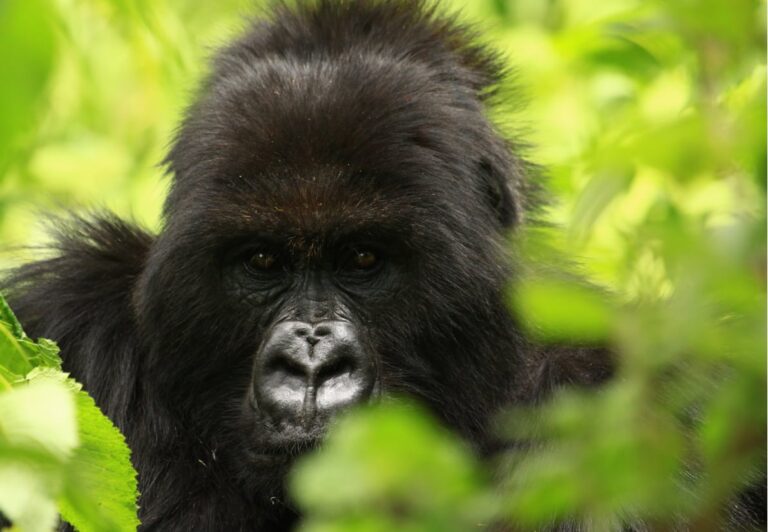
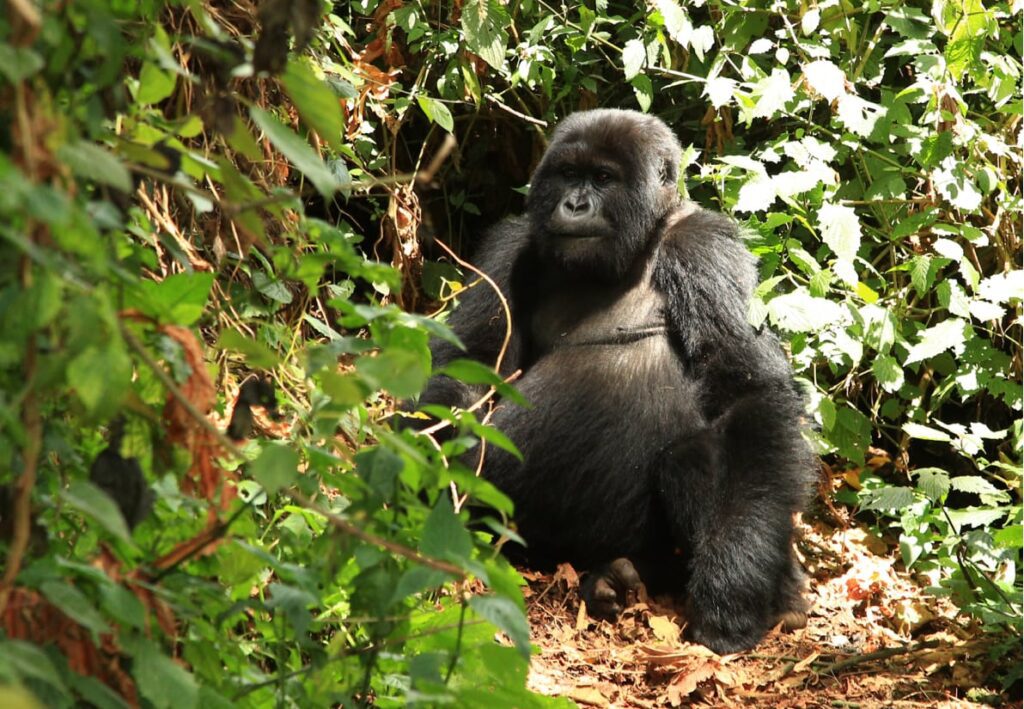
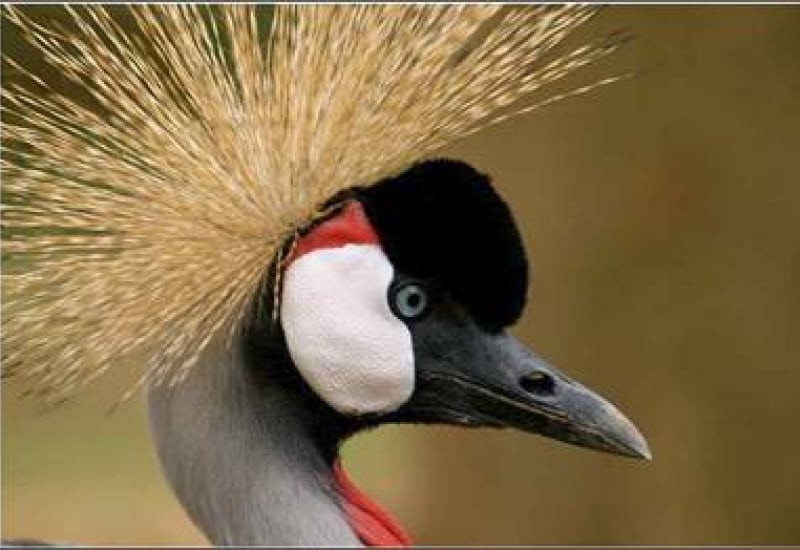
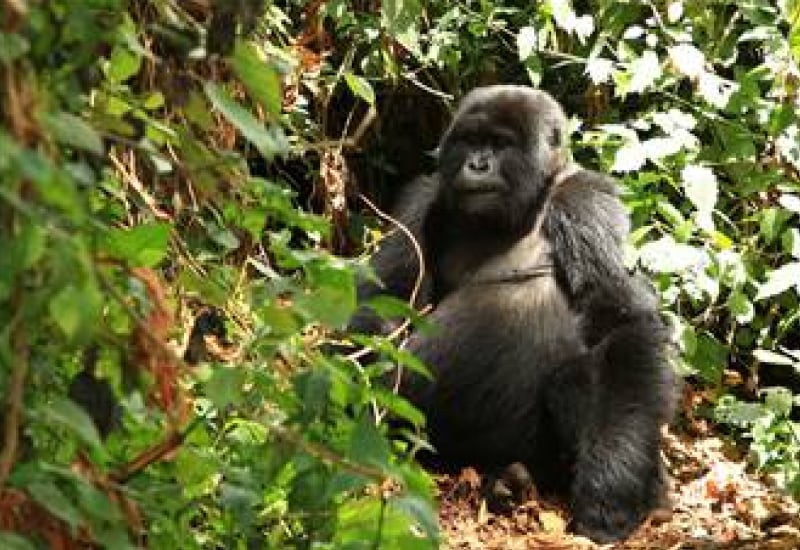
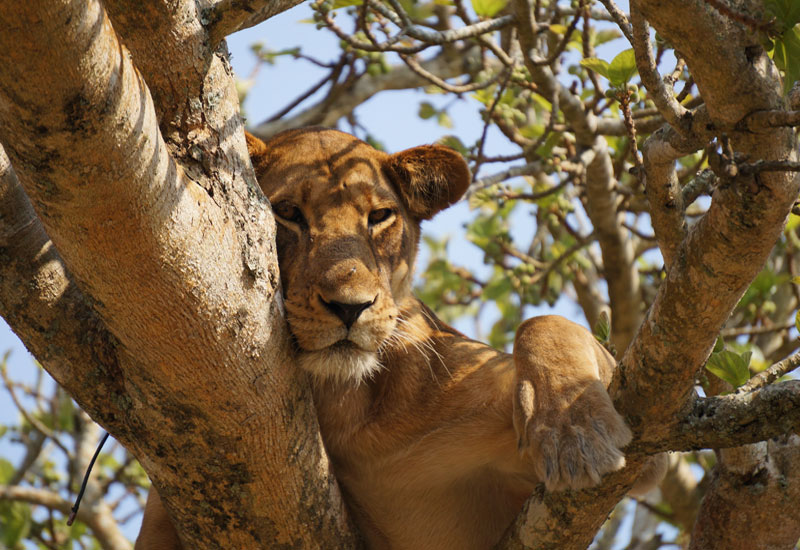
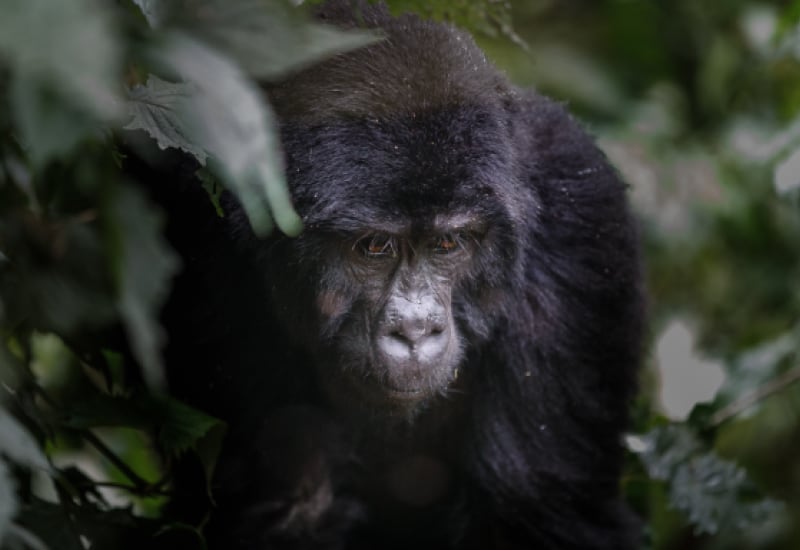
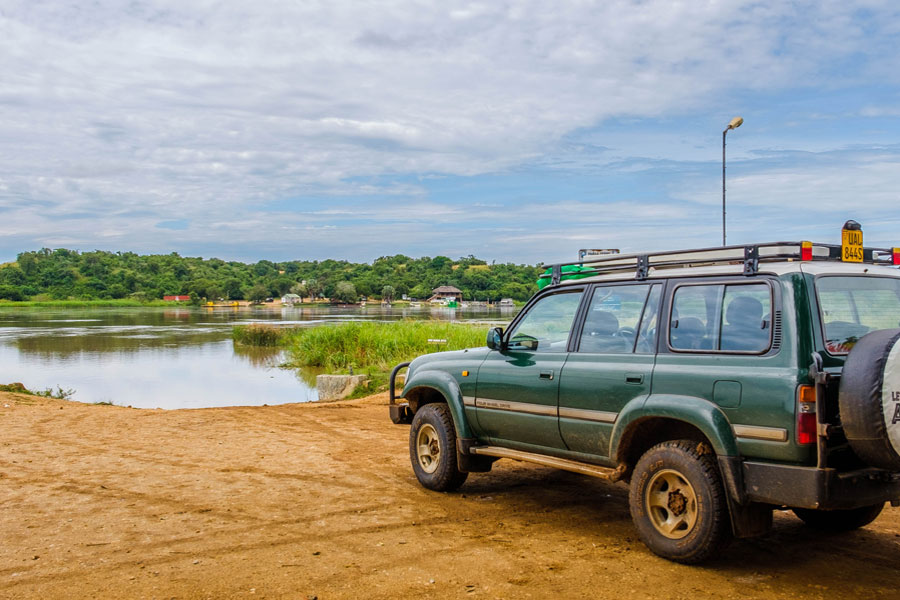
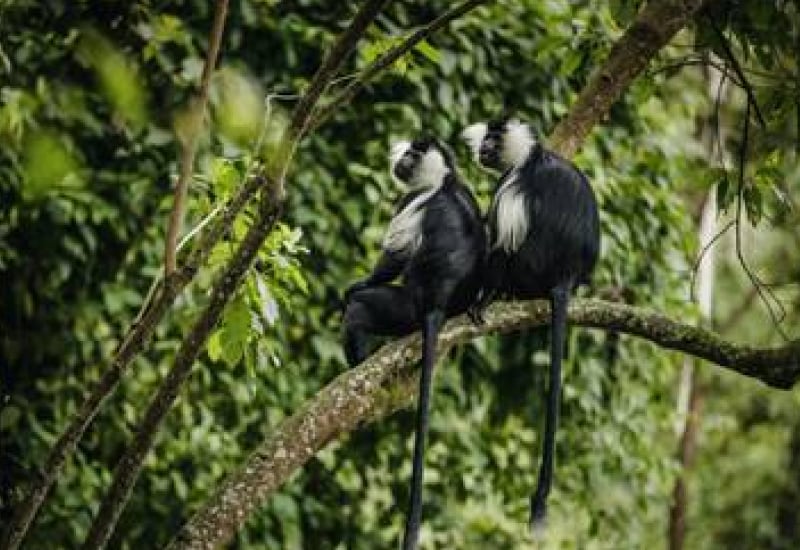
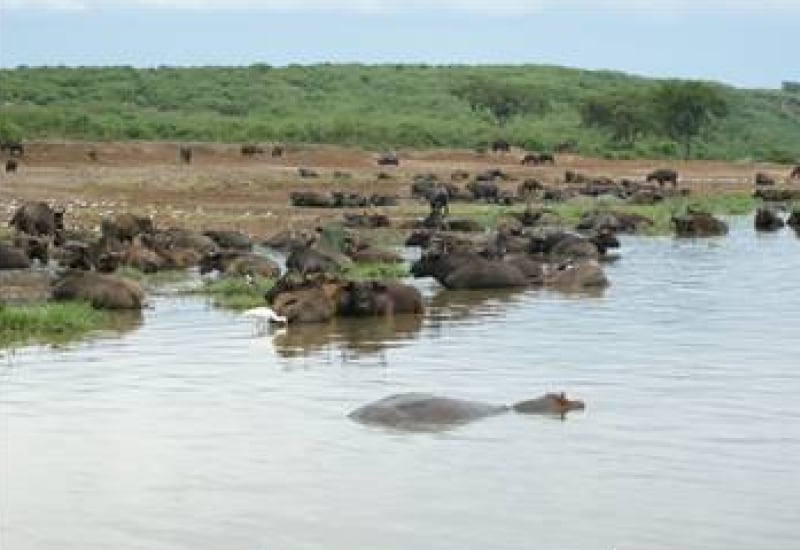
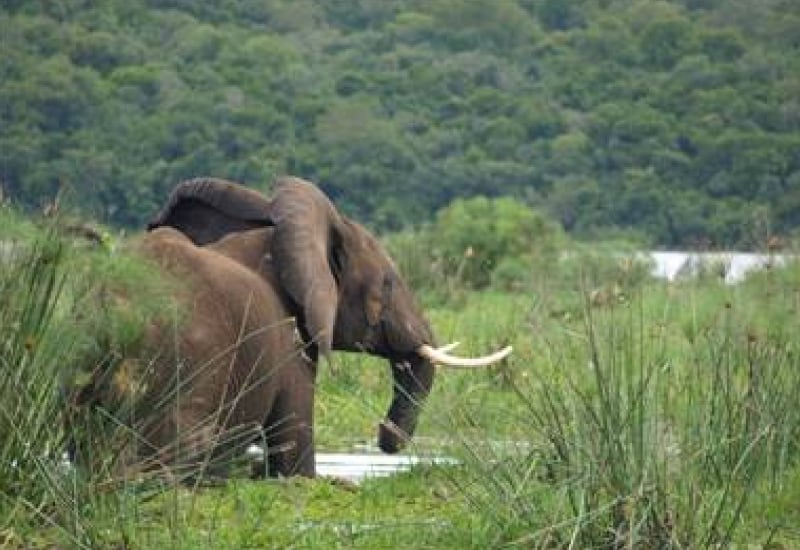
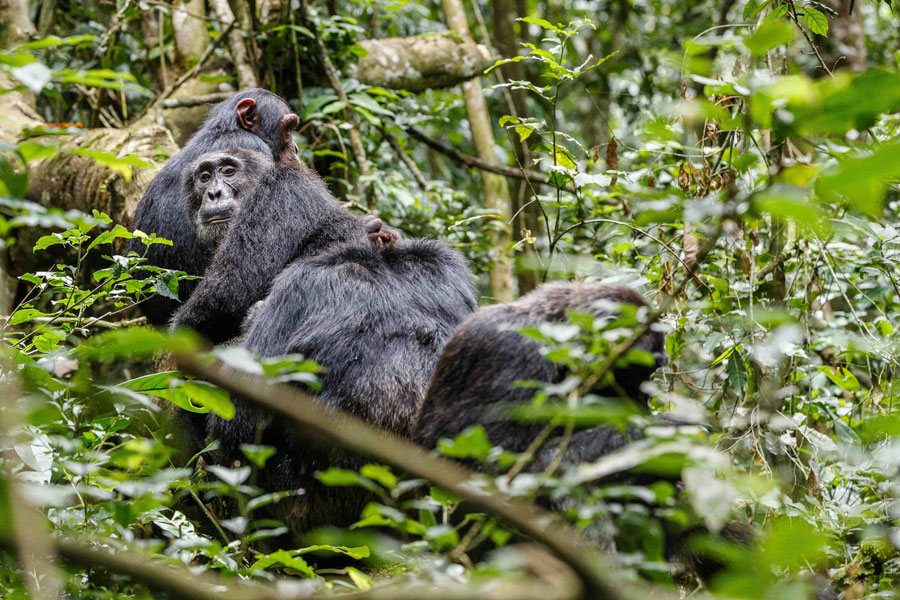
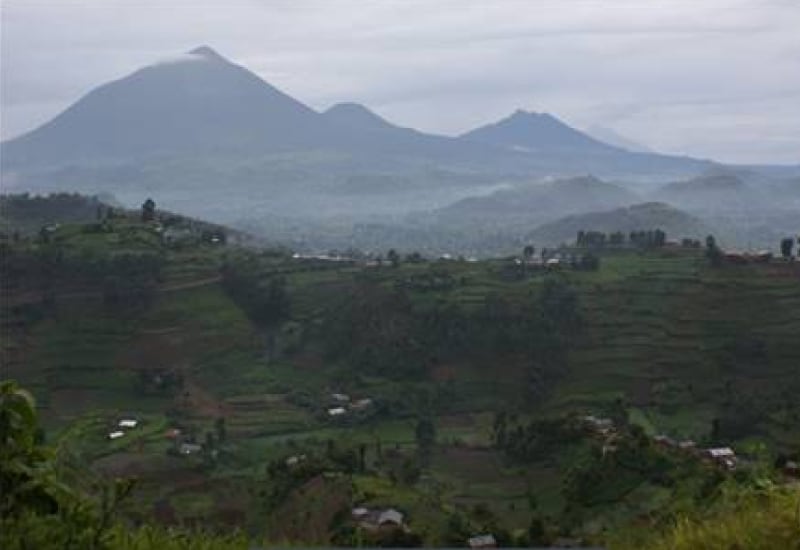
This map depicts the most important National Parks in Uganda and areas of interest ! Distances may not seem far but can be further than indicated on google maps when driving from point to point

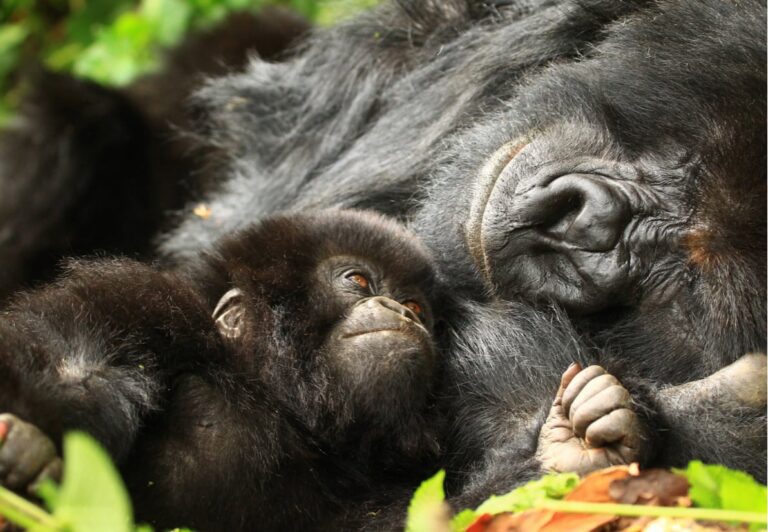
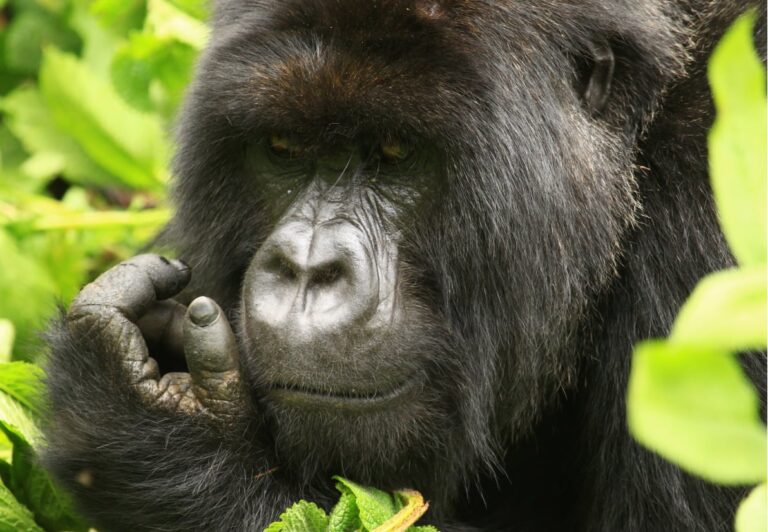
If you are interested in having an experience with the MAN’S closest relative “THE PRIMATES” then this is the place to be amongst exploring other natural features such cruises in the in the world’s longest river!!
Uganda is a little different to its neighbouring sister countries Kenya and Tanzania that largely offer savannah type of climate. A good section of the country boasts rainforest type of climate hence a very fertile country. You drive past various fresh fruits and vegetable markets, and your safari guide will be kind to treat you along the way. Whole fruits / unpeeled are recommended.
Travel distances are VAST…this is majorly because the arrival airport is located on the Eastern side of the country while the wildlife parks are either on the opposite direction the western or the northern resulting to very long drives. Most of the roads are under major repair at the moment. There is an option of taking bush flights though. It is advisable to have ample time at each safari destination. 2 – 3 nights would be the most ideal.
Just like with other travels it is important to take some time for extensive research based on your interests and what is available in order to make a well informed decision. There is a lot of information available on the web that may be misleading and this is why it is always advisable to visit the official sites such as the information provided on the Uganda Wildlife Parks website or contact your preferred safari outfitter. TRIP ADVISOR has become an important tool of late for UP-TO-DATE safari reviews. Uganda is majorly known for its PRIMATES hence GORILLA / CHIMPAZEE TREKKING cannot be missed!!!!
MOST people consider travel to Uganda as an extension of a wildlife safari either from Kenya or Tanzania for the GORILLA / CHIMPAZEE TREKKING. However it should be noted that it is possible to have an ALL-INCLUSIVE safari which would be a combination of Rainforests and Savannah grasslands famous for BIG CATS!!
Uganda falling along the Equator experiences a tropical type of climate hence no major variations on the climate. For this reason it is suitable for travel throughout the year. To be noted however is that in the high altitude areas such as Bwindi Impenetrable National Park cool weather is expected while the areas around the large water bodies tend to be hot and humid. Temperatures on the plains tend to range between 21°C and 30°C and in the mountainous areas can go down to 10°C in certain months with the coolest month being July. If you would like to avoid the wet season the months to look out for are April / May & November. There is an advantage of traveling during this period though in that parks are usually less frequented which is great for tourists who prefer to enjoy “exclusive game viewing” i.e. without other vehicles in the vicinity.
One single most reason would be the Gorilla Permit fees that costs USD.700.00 per person in Uganda while in Rwanda costs twice the amount i.e. USD.1,500.00 per person. Uganda boasting roughly half of the Mountain Gorillas population, has a total of 18 habituated Gorilla Families which is a quite good variety for guests wishing to go on many Gorilla Treks.
Most CERTAINLY!! Some properties do offer family rooms while others have spacious rooms that allow addition of extra beds for the children. However it should be noted there is an age restriction when it comes to Gorilla and Chimpanzee trekking of 15 Yrs. Therefore when traveling with children friendlier or rather short activities that one has control of such as game drives would be ideal.
Yes, this is very much possible in the MOUNT RWENZORI boasting the 3rd highest peak in East Africa standing at 5,109 meters above sea level as well as MOUNT ELGON NATIONAL PARK which was once Africa’s highest mountain now the 4th highest. It is possible to go on Mountain climbing any time of the year but the most ideal months would be the drier months i.e. from January to March and June to October. Just like any climbs / treks in tough terrain a good level of physical fitness is required.
Here there are various variables to be taken into consideration when deciding what option would be best such as: length of your safari (number of your travel days), budget as flight safaris do tend to be costly, destination of interest i.e. in case of long drives then it may be advisable to take a flight and IF young children are involved unable to do long drives. Usually flight safaris are faster paced and offers amazing aerial scenic views while road safaris offer a better feel of the country / how the local people live as you drive along the beautiful and scenic countryside …we can say a more personal feel and un-forgetful!!
Yes, just like its neighbours this is very much possible and this has been our niche market for the last 2 decades now. For this reason we are well versed with photographic requirements including safari driver guides specialized for photographers. They are also excellent spotters with know-how of vehicle positioning and ready to spend the entire day with you in the bush for unlimited photo opportunities!!!
Despite Uganda being a land locked country it is possible to go on a beach holiday along the world’s 2nd largest fresh water lake and the source of the Nile, LAKE VICTORIA as well as within some Islands such as SESSE.
Our motto has always been to promote and offer our guests destinations that we are well versed with. Before promoting a destination we take it to ourselves to scout the entire destination / country to enable us provide our guests with first hand advice for a well informed decision. Loaded with such information, we customize each safari to suit each guest safari needs. We have teamed up with a small tailor made outfitter who own their own vehicles, maintained in their in-house workshop and has fairly treated, permanent driver/guides who will make your trip worthwhile and memorable. We fully understand the driver guide MAKES or BREAKS the safari hence our good selection of experts in this field!!!
Yellow Fever Certificates are required.
For on-line visas, we recommend that you fill out the forms in advance as per links provided below.
Visiting Uganda: https://visas.immigration.go.ug/
Kenya, Tanzania, Uganda and Rwanda require specific nationalities to hold a valid yellow fever vaccination certificate. Depending on your country of origin, additional vaccination certificates may be required. Please make sure you discuss this with your tours consultant prior to travel.
View or download our General Uganda Information document to help you with any information you need!